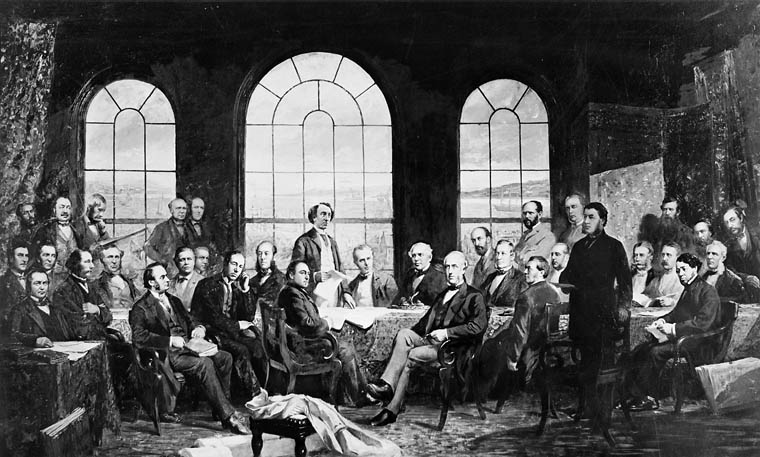Article
Deportation from Canada
Under the Constitution, the federal government has power, through immigration laws, to remove (or deport) foreign-born people from the country. The conditions for deportation have changed over the years, and deportation has been used for political as well as security purposes. Canadian deportation policy – often controversial – provides a window into the concerns of the state over the course of its history.








